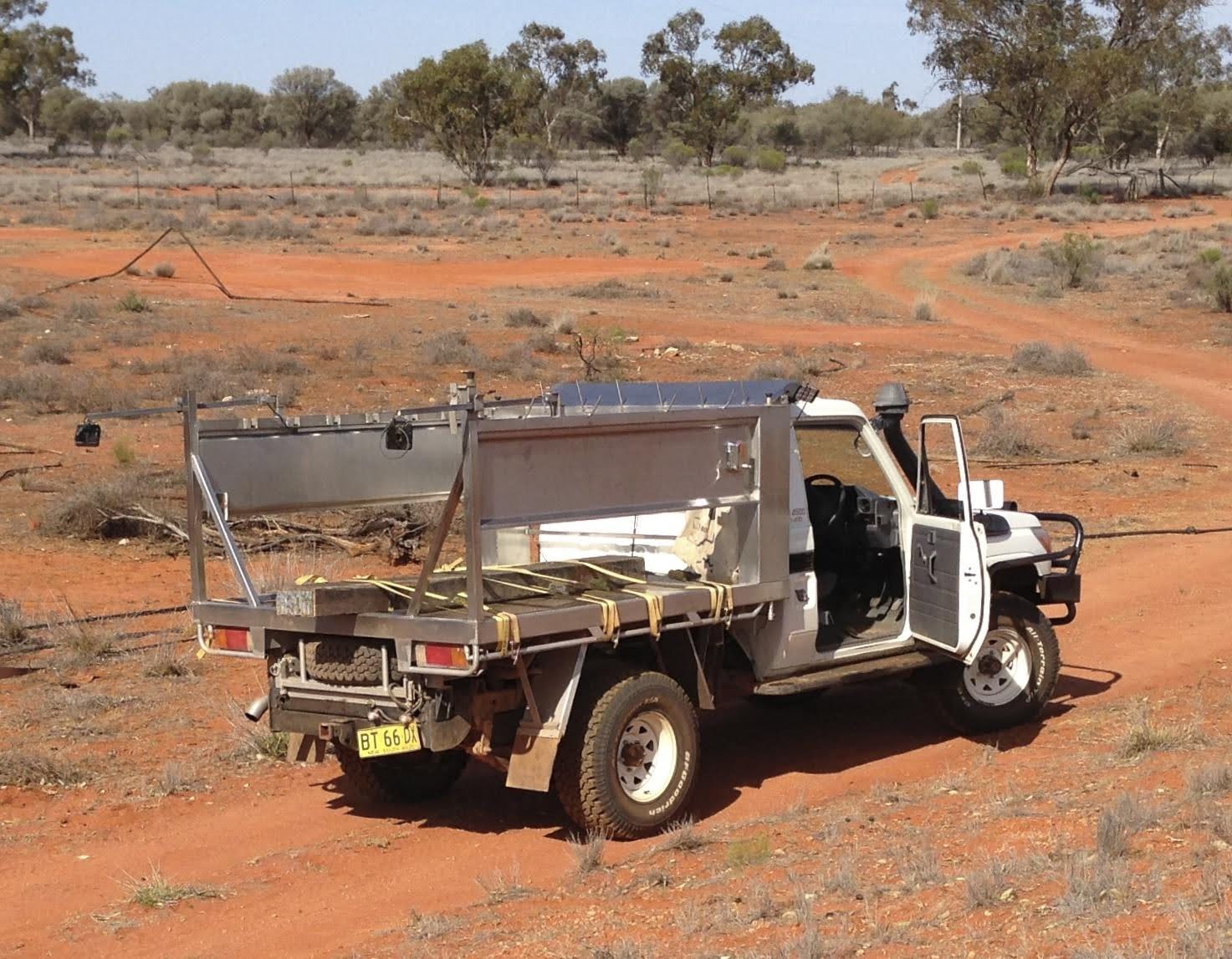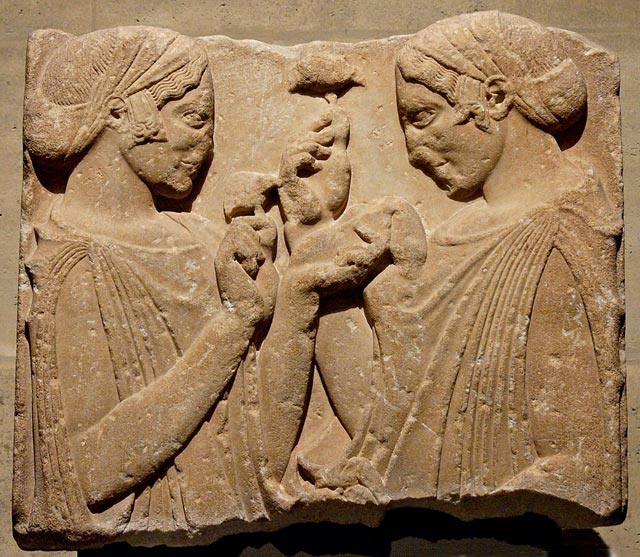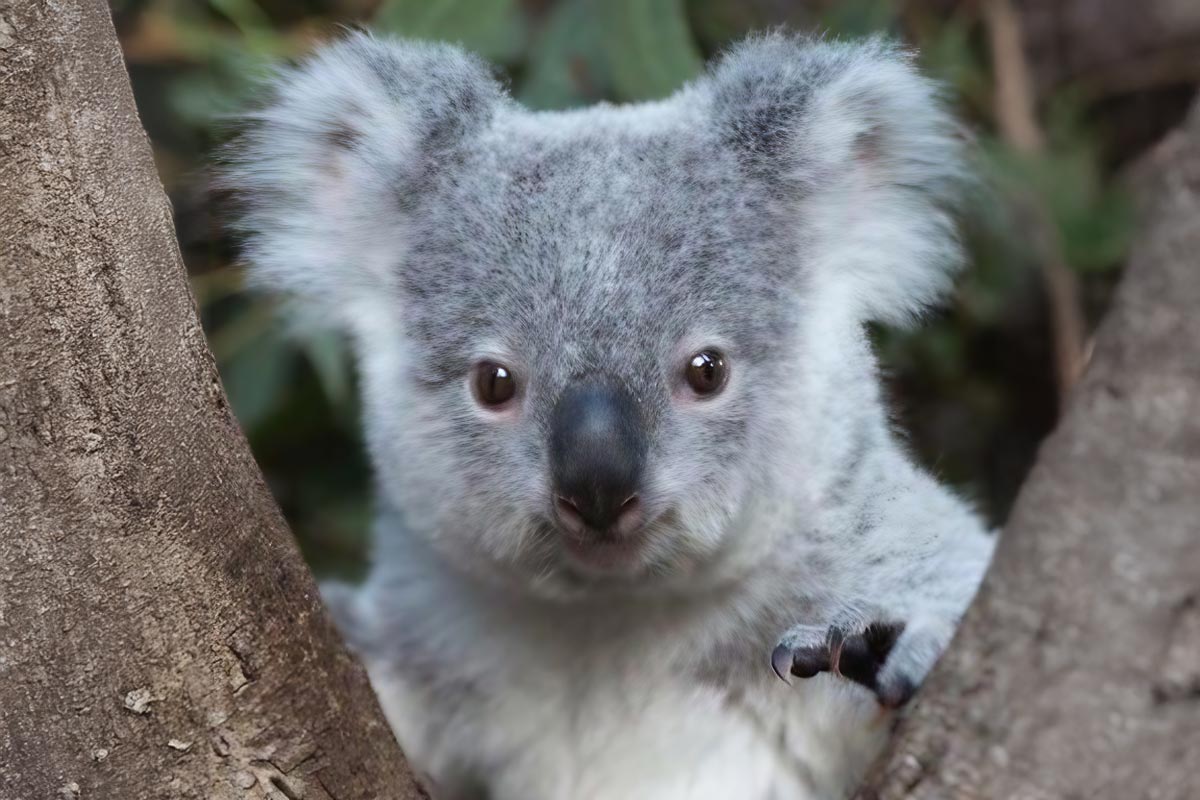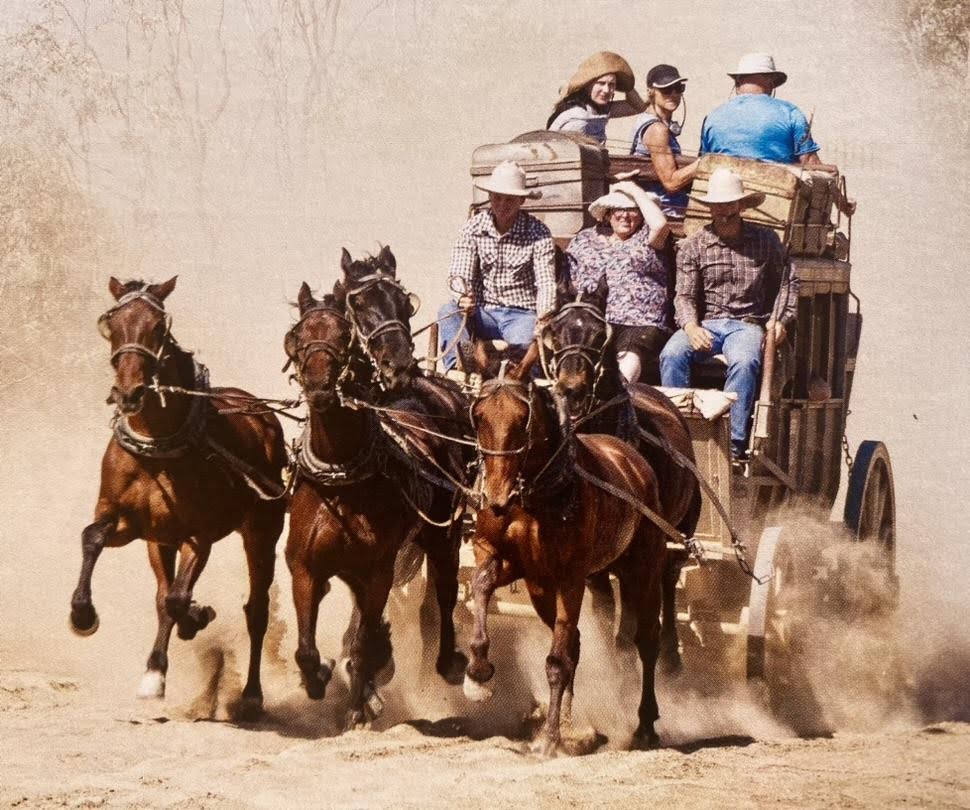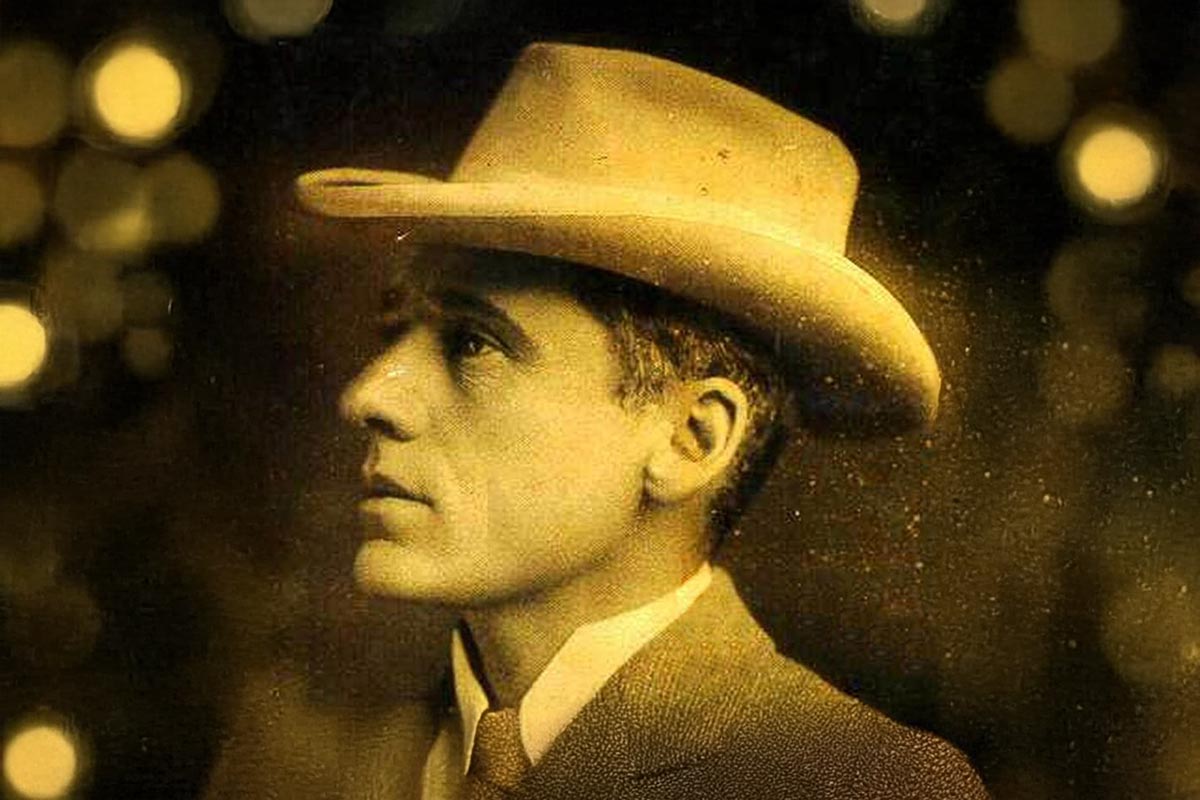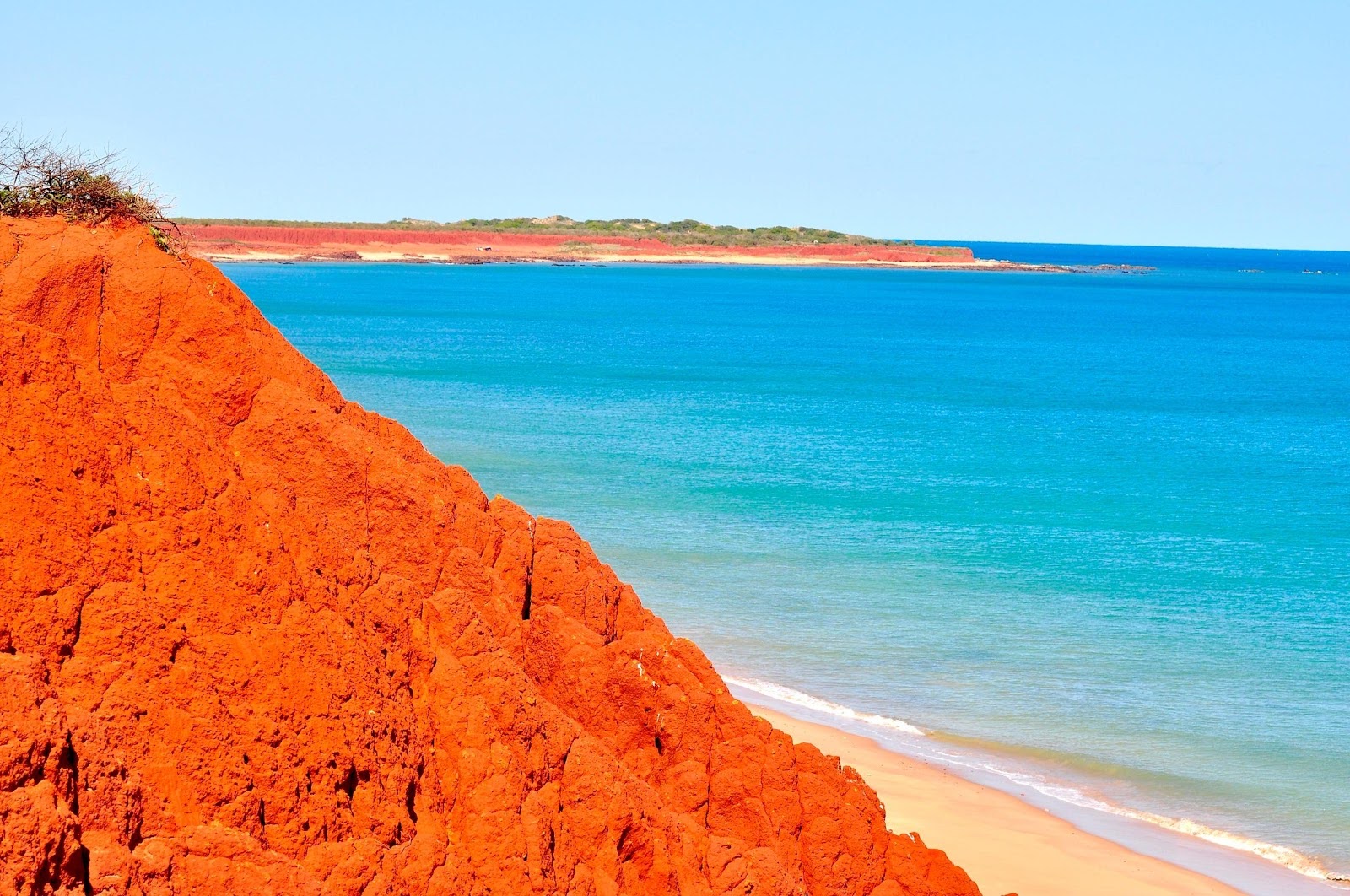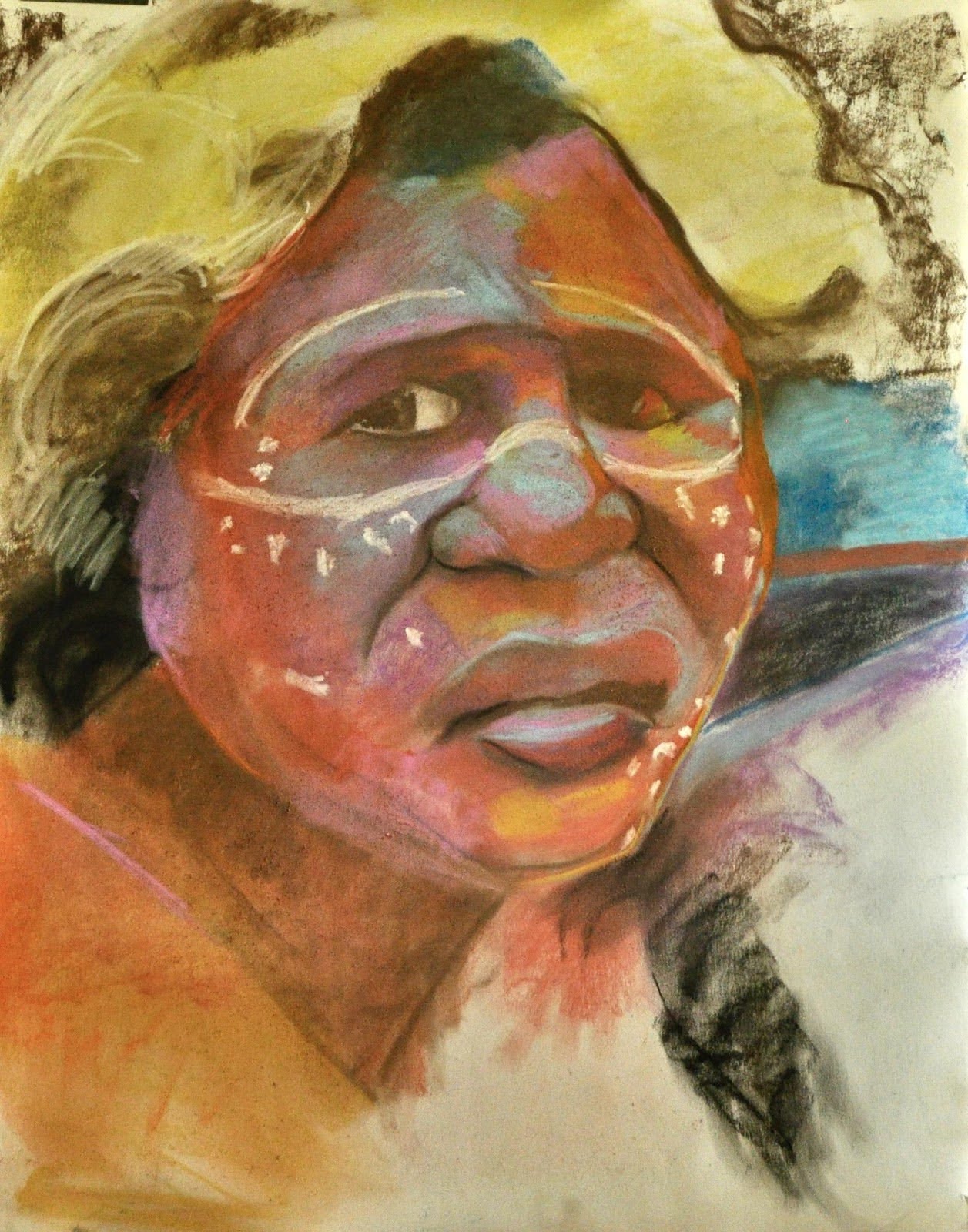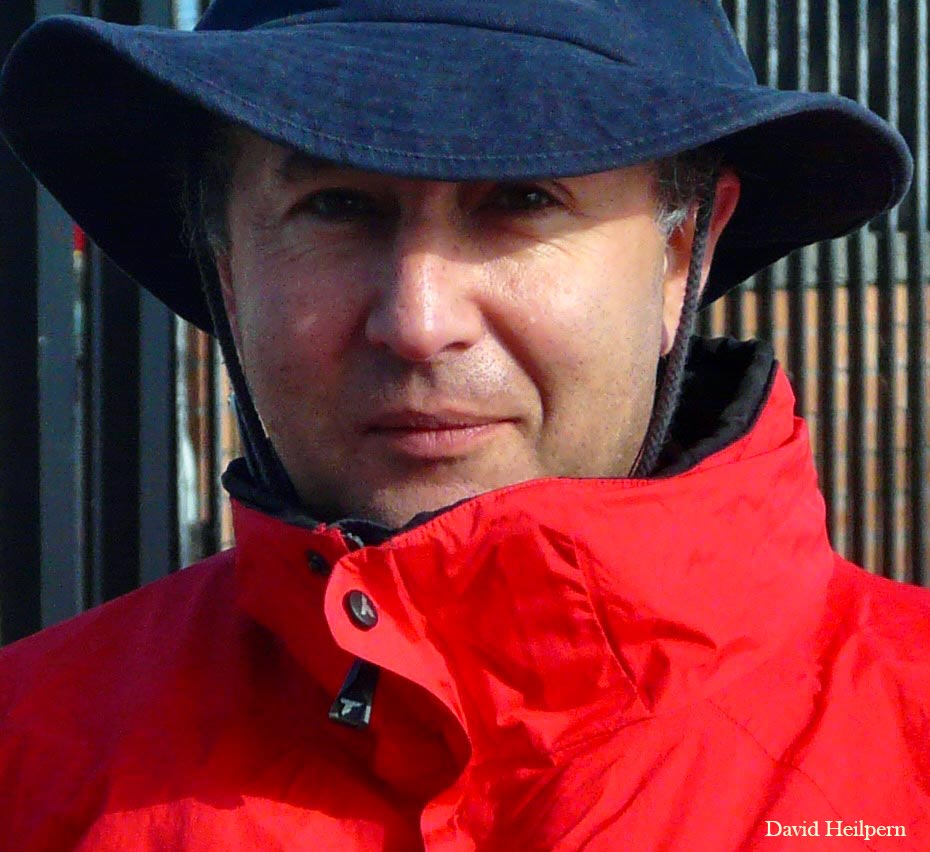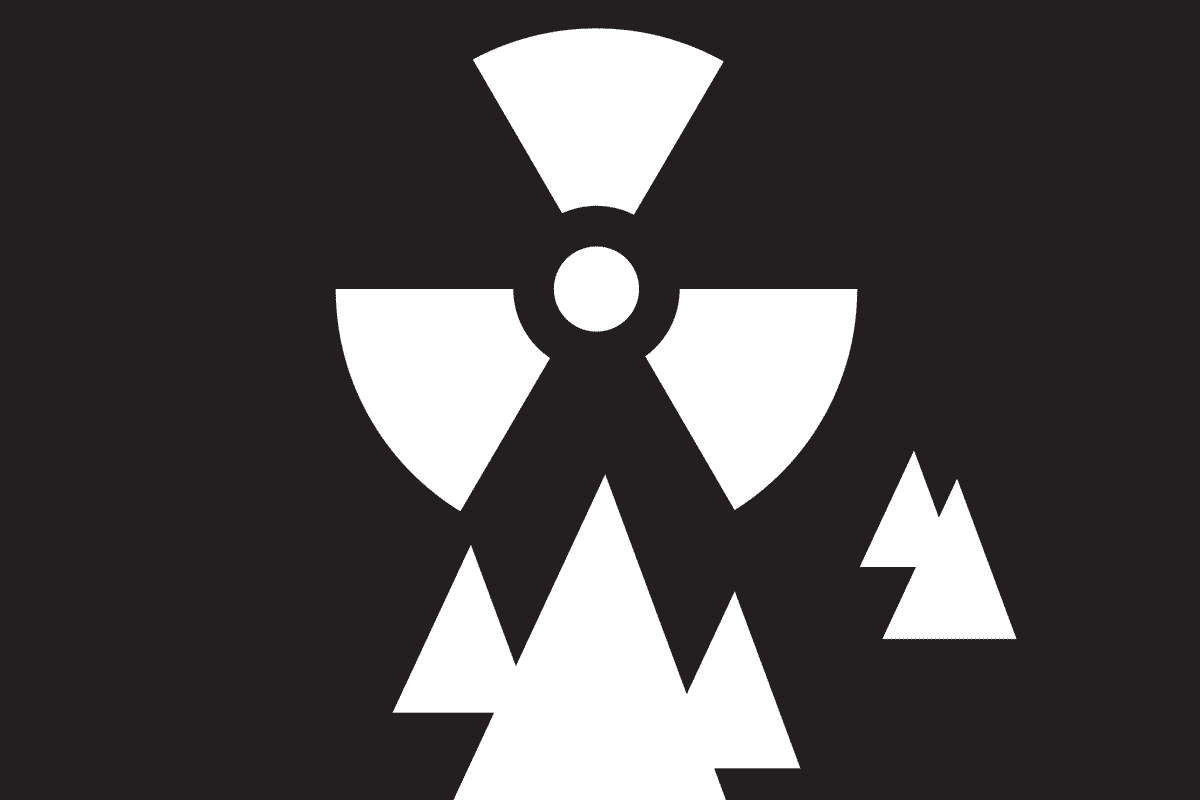With dominant culture in crisis worldwide and the open sky calling, I escaped our depressing national elections, leaving also the coast and populated areas for the call of the vast outback – Back-o’-Bourke.
Generous as ever, my friends, Helen the Postmistress and Pete the Postmaster and postie, welcomed me to their grand, Victorian Post Office. Open-handed, Pete offered me the chance of driving his regular mail run, out west beyond Wanaaring, towards Tibooburra, and the South Australian border, then north west up towards the Hamilton gate through the dog fence into Queensland.
I think you’ll like it, …
he said,
I’m always glad to get back to the bush … just don’t like the rush. … It might seem a bit selfish, but for my sanity, I need to get away.
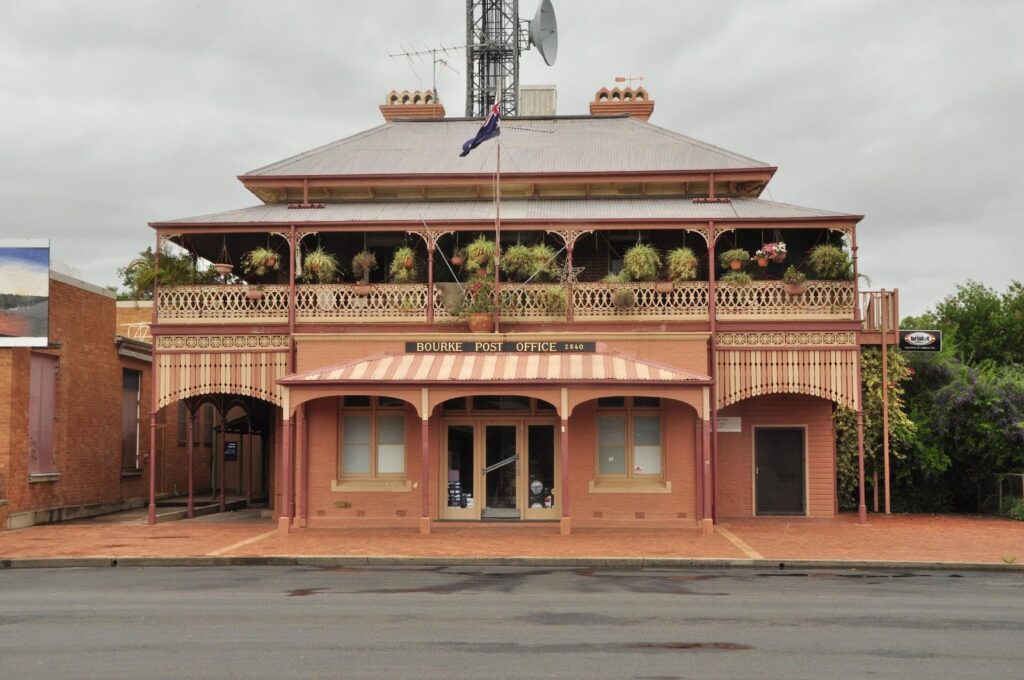
Behind the Post Office, in the yard freshly strewn with straw, and under the glare of Pete’s ‘roo-shooter’s floodlights, we packed the truck the night before, with mailbags, parcels, boxes and cartons, from all around town – groceries, household goods, online orders, sacks of stock fodder, mechanical parts etc. We lashed them firmly to the tray with webbing straps tightened on steel ratchets. Mailbags hung from stout hooks intended for kangaroos. Beneath all, Pete had lashed a railway sleeper as ballast to dampen the ride. The cab was packed with mailbags, plastic tubs of mail, and bags of oranges.
At the supermarket, said the ever-caring Post Master, they pack the meat in polystyrene boxes. This butcher makes better sausages, but he puts ‘em in a cardboard box, … so I’ll put this cardboard box of bangers in a broccoli box overnight, in the chiller. … Everything under this rear strap is to come off at Wanaaring and everything under that front strap goes on to outlying stations.
Usually awake by 3:00 am anyway, I had porridge and tea, packed my lunch and met the boss for a 4:30 departure. … then off into the darkness!
And did those ‘roos come jumping, hopping and bouncing all around me, in and out of Pete’s bright driving lights, focused wide and far along the road – but I dodged every one – so far – not to mention the emus – cranky dinosaurs! Slowing down with great respect, I stepped cautiously around them!
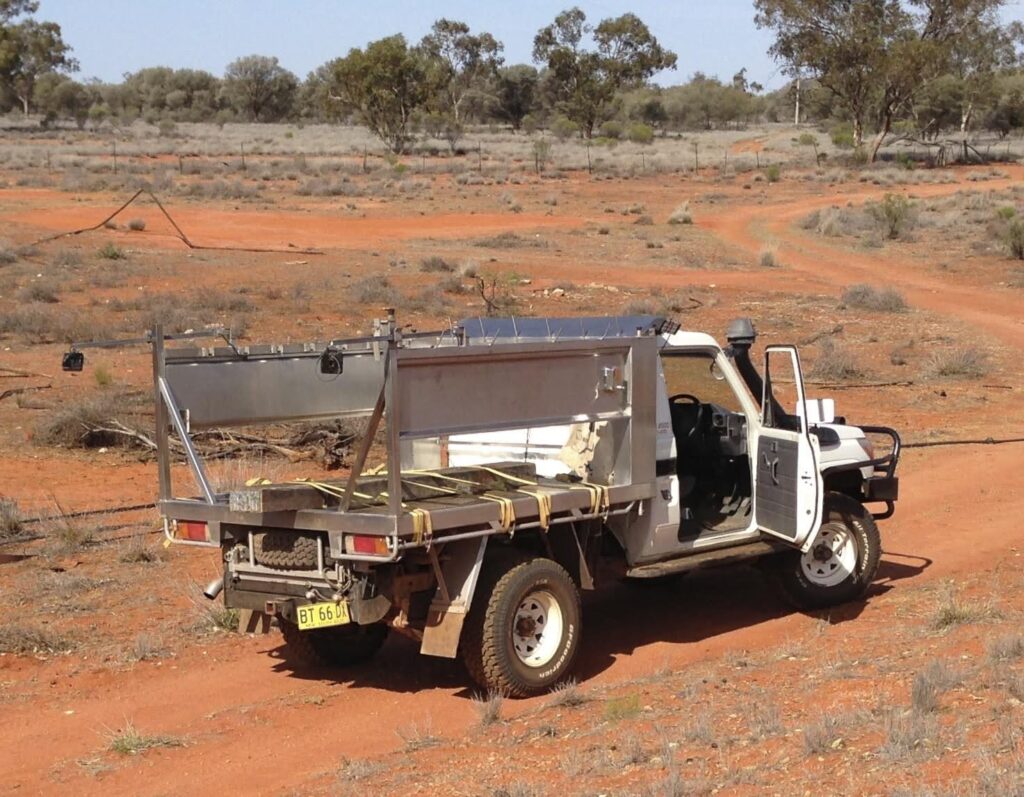
Pete’s new 4.5 litre, turbo-charged, V8 Land Cruiser is fitted out for kangaroos, with stainless steel tray and big, wide, balloon tyres for the sandy stretches (In the outback, who cares about adjectival excess!). An iPad propped on the dashboard gave GPS navigation, in fine detail, on a big screen.
The motor is monstrously powerful, silent and silky smooth. Driving those wide, red roads at speed is like low flying. Though noisy, clattering and slapping on rough ground, the wide tyres float over all surfaces. The coarsest corrugations fade to a distant rumble. Although bulldust holes and humpy cattle grids may still jolt the rig, it leaps on rubbery suspension like a kangaroo, a single unit without a single rattle! Oh what a feeling!
In darkness, by a mailbox, on a strange country road, those floodlights made it easy to identify labels on mailbags and addresses on envelopes wrapped around rolled newspapers and bundles of other mail, all held together with red rubber bands.
I love driving from darkness into dawn. Big trees on the floodplain’s heavier soils gave way to open grasslands, soft and fluffy at present and not surprisingly crowded with big red kangaroos and Eastern Greys, with wild goats and pigs, emus with stripy chicks afoot, raptors and brightly coloured birds in flight, camels, sheep, cattle and even a few rabbits.
The sun appeared as I paused by the ‘Braemar’ mailbox. By the Paroo River, I paused again to reflect, enjoying the sun and an orange before crossing the bridge into Wanaaring. The general store also offers fuel, tyre repairs and a post office. Onto the veranda, I unloaded everything from under that rear strap and tightened the front strap a click or two more.
Ben and Margaret greeted me with a cup of tea and for a new chum, Margaret generously sorted the extra mail for my next run out to ‘Thurloo Downs’ … and away I went again, turning northwest towards the Hamilton Gate, crossing lovely red country with delicate gidgee scrub relieved by wide bays, naturally clear and open, releasing the breath and drawing both eye and heart out to wider visions and to more expansive feelings also.
Turning in to ‘Ourimbah Station’, I met Mrs Joan Myors, who gave me tea and showed me two articles in ‘The Land’ about the history of the big stations in this remote Corner Country of New South Wales. I was struck by the transient tenure on many marginal holdings; owners passing like swirls of desert wind. From ‘Ourimbah’, I followed the fence line across country to re-join the main road going on to ‘Thurloo Downs’ of over a million acres – and that was but one station in Kidman’s cluster of places in this north west corner of the state. At the mailbox, Patrick who came from a job on an artesian bore to collect the perishables before being spoilt by hot sun agreed, This is God’s own country!
With my boss’s encouragement, I took a joy ride out to Kidman’s former headquarters: ‘Urisino’ is a classic rambling, old homestead, built by the Irish immigrant, Sir Samuel Wilson (1832-1895) no relation of mine, nicknamed Bullocky Sam. On all fronts, verandas deep, low and flush with the ground rise on rows of green posts, pleasing to a squatter with an eye also for the ordered columns of his cashbook and ledger. Any decoration would be redundant to such regularity, which was repeated again by a row of French doors alternating with pisé walls, deep in the beckoning shade. Irregular corrugated iron rises at first gently, then more steeply to a pile of hipped roofs and chimneys. Crowning all, a gabled clearstory, set well back, suggested an enclosed hall, insulated from the surrounding desert, from threatening isolation, from dust and storms, from winter chill and from searing heat, for out here where the map is mostly white, the midday sun strikes like a drawn sword.
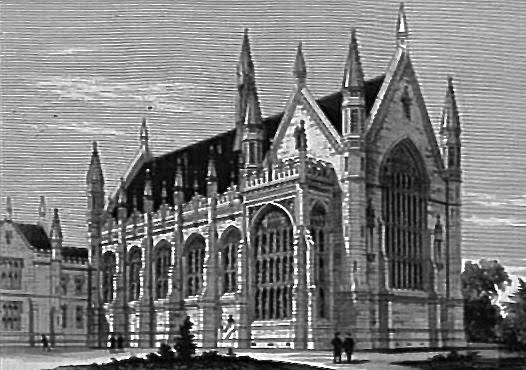
With some spare cash Wilson built another hall, the famously beautiful, neo-Gothic ‘Wilson Hall’ at the University of Melbourne, forebodingly lost to fire in the Fifties, so Sir Samuel’s ego and the dominant culture for which he extracted such surplus value from the soil, is now immortalised in cream brick and plate glass. He also owned ‘Longerenong’ in the Wimmera, now an agricultural college where I studied. He is said to have owned more sheep than anyone on earth. His son married Lady Sarah Churchill, an aunt of Sir Winston. ‘Urisino’ then became a strategic holding in the chain of properties of The Cattle King, Sir Sidney Kidman (1857-1935).
Running away from home at night, on a one-eyed horse, with five shillings in his pocket, Sid lived in a cave with an Aboriginal man called Billy, who taught him bush skills, then worked on ‘Mt Gipps Station’, on which a decade later, the fabulous silver-lead-zinc deposit was discovered at Broken Hill. Asking for a rise, young Kidman was sacked, but bought a bullock team then a coaching business, supplied cattle to his brother’s abattoir in Broken Hill, horses to the British army in India, and established two chains of almost continuous cattle stations; one from the Gulf of Carpentaria to Adelaide following Cooper’s Creek and the Georgina and Diamantina rivers. The second was from the Fitzroy River and ‘Victoria River Downs Station’ to Wilpena in the Flinders Ranges. Ordering his men to, ‘Drive them into the storm!’ Kidman moved his stock along these well-watered chains, from droughty areas to feed and water; there to fatten and thence on to favourable markets. Withstanding the 1890s depression and the drought of 1902, he owned more country than the whole of the state of Victoria; indeed more land than anyone on earth! Ever in the saddle, riding from Adelaide to the Top End, he would arrive without warning in any of his drovers’ camps.
Tall, well built, affable with a ready smile, Kidman became a national celebrity by the end of the war, giving fighter planes to the armed forces, endowing the Salvation Army, and giving a home block to the South Australian government for a school. For dodging tax, however, the Federal treasurer issued a writ in 1924 for recovery of £166,000, but in court Kidman was fined only £10 for having failed to lodge a Tax Return, plus four guineas costs. Ironically, the Magistrate explained that a heavier penalty would mean little to a man of Kidman’s means, but the High Court handed down a judgement fairer to ordinary tax payers, and today we are more acutely aware that Wilson’s, Kidman’s and Henderson’s extravagant means came from the earth, the earth now wearied by the excesses of dominant culture. Despite our denial, Nature decides in the end, as we will see!
‘Urisino’ then passed to the Killen family, but that’s another romantic story, and later to George Henderson, a shy philanthropist, who made the house a stately pleasure dome, hiring chamber musicians from afar for elegant, black-tie, dinners, 220 km back-o’-Bourke. Out on remote ‘Urisino’, listening to crackling airwaves, George fell in love with the voice of the ABC’s first woman radio announcer, Margaret Doyle, sought her out and married her.
The first to use aircraft as a business vehicle, Henderson became one of the richest men in the country, contributing to the performing arts and to the building of the Sydney Opera House. A $16 M donation by the George Henderson Trust to the Conservatorium of Music in 2005 was the largest donation to the arts in Australian history.
With Nancy-Bird Walton (1915-2009) Australia’s first female pilot, trained by Sir Charles Kingsford Smith, Henderson helped establish the Royal Flying Doctor Service and the Far West Children’s Health Scheme. In the 1930s, Nancy-Bird, flew into ‘Urisino’ very frequently, remarking on the amazing style and sophistication of this ‘social centre of the west’. Like the ancient Romans bringing ice on elephants from the Alps to the capital, a ninety year old camel driver in 1992, told a caretaker at ‘Urisino’ that big blocks of ice packed in sawdust were shipped from Antarctica to Adelaide, loaded onto paddle steamers; up the Murray and Darling to Bourke, then onto camels out to Urisino’s cool room. Many photos record the manicured lawns, rose gardens, clipped hedges, vineyards, and vegetable gardens all watered from a large stone cistern raised on an artificial hill, built by thirty Chinese gardeners, and filled with artesian water. Against wind-driven, desert sand, a nine-foot high, corrugated iron wall enclosed the gardens. On opening the gate, wrote Nancy-Bird, you feel you have walked into a Garden of Eden.

Feel my disappointment on finding the abandoned homestead reeking of urine. Amid the stains and trash of living, broken windows and all degraded in sordid disarray, the droppings of numerous species and soiled mattresses left by hippie occupation covered its floors. In a room of scattered bones, something crunched underfoot – the dried carcass of a kid. The inner sanctuary was defiled. Lit only by its clearstory above, it is ill proportioned; too long, too narrow and too tall. Its marble mantelpiece is broken. Tattered wallpaper, silvery-white, with bouquets of pale roses peels from the walls.
When it was still occupied, ‘Urisino’ was lovely, said Margaret back at Wanaaring almost weeping in grief over its present ruin, just lovely! / Is the National Trust asleep on its watch? I asked. How could it allow this to happen? Surely, this most historic homestead is worthy of restoration and preservation! The local Rotary might welcome saving ‘Urisino’ as a project. Surely the Shire of Bourke would benefit from its management as a tourist attraction, more worthy than the flash, new Exhibition Centre north of town, which cost as much to build, I heard, as it would have cost to seal the road all the way from Bourke to Wanaaring! It’s high time to save the historic house, to seal the road and to forsake the traditional Ozzi way of letting such memorials of our chequered history fade from mind.
After lunch under a shady tree, I headed back to Bourke. In afternoon warmth, goannas were standing up on the road with their heads back like defiant little dragons, each defending its own small territory, unaware that the wider realm is already lost to dominant culture. From fourteen hours, driving 700 km of delightful, but tiring roads, I arrived weary. Pete had cooked up a great stir-fry with fresh chilli. Then the ‘phone rang. Wendy at ‘Thurloo Downs’ questioned the whereabouts of 5 kg of sausages, some thick, some thin.
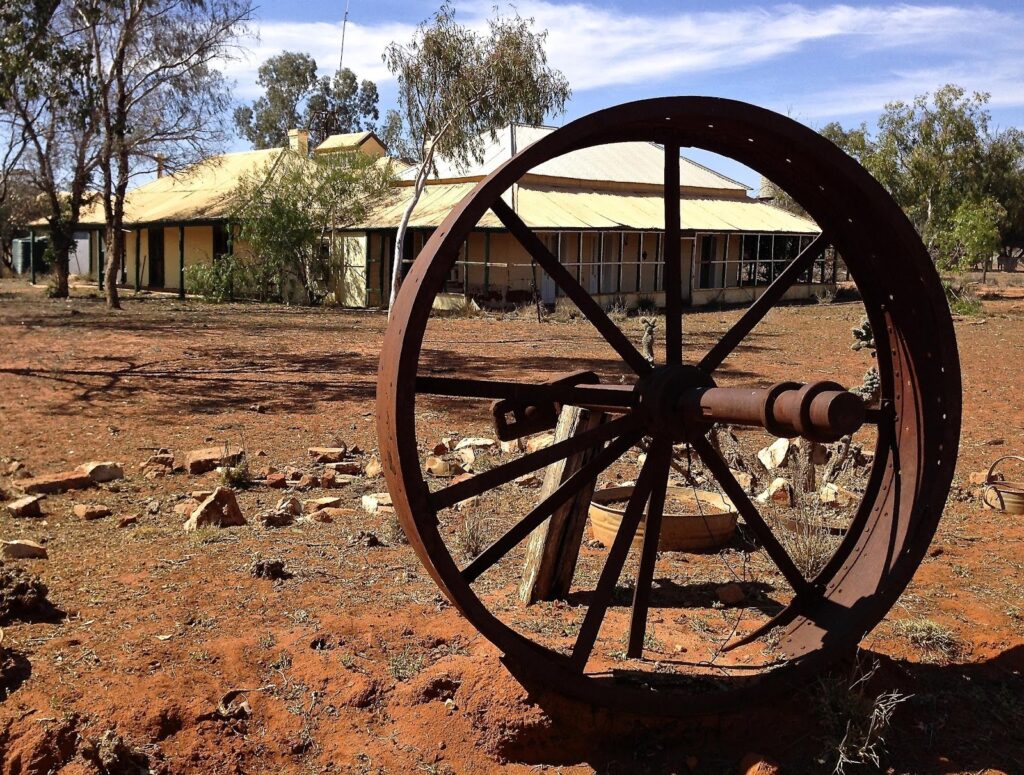
So, the sausage hunt was on. Two days later they were discovered in the cool room at Wanaaring. Unaware, I’d allowed that polystyrene box under the front strap to be unloaded there. Meanwhile Pete had replaced Wendy’s missing sausages; so guess what’s for dinner at the Post Office tonight – thin sausages – and tomorrow night – thick sausages!
Who would have thought such an enjoyable spin could be so wearing, but the long stretch of sustained concentration left me exhausted for a day or so following each run. I hope to do it again, but dominant culture called me to Sydney. I left Pete and Helen lumping mailbags and boxes. Preparing another sausage run, they sent me away with books and a parcel of Helen’s homemade sausage rolls.
John Wilson
September 2013
